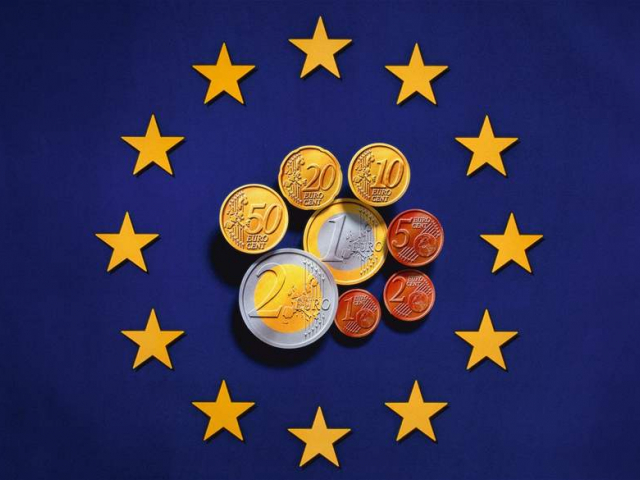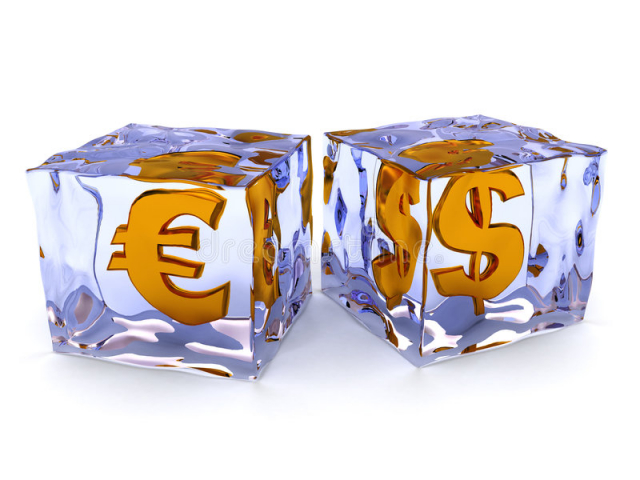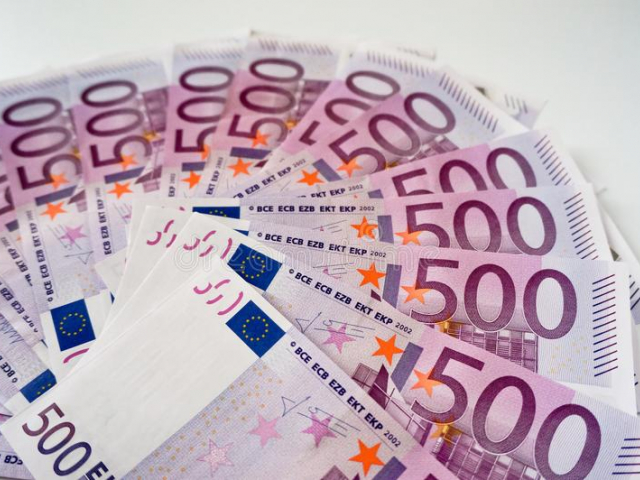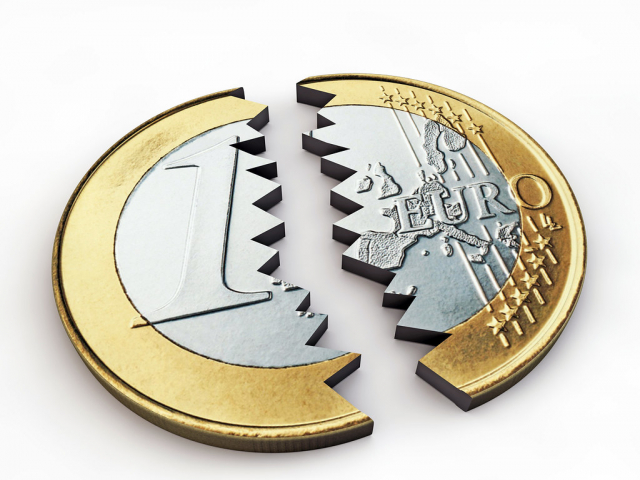
Causes of EUR slump
Analysts pinpointed two major reasons behind the euro’s crash: the energy (gas) crisis in Europe and the ECB’s hesitation in raising interest rates. After the US and its European allies imposed tough anti-Russian sanctions, the full-blown energy crisis broke out in the eurozone. Experts warn that it could entail a protracted recession. The ECB is facing a challenge because a cycle of rate hikes poses the risk of a recession. In contrast, the Federal Reserve has already ventured into a series of aggressive rate hikes. Amid the Fed’s hawkish policy, investors are attracted by rising yields of US Treasuries, thus shifting focus away from the euro. As a result, the US dollar has been rallying across the board.

EUR’s weakness poses threat to EU economy
Some time ago, monetary authorities in many countries used to tolerate the depreciation of their national currencies aiming to encourage economic growth and give a competitive advantage to exported merchandise. Nowadays, when inflation has been raging across the EU, the euro’s weakness pushes the economy into a tailspin. An annual CPI rate jumped to 8.6% in June for the 19 countries that use the euro. Analysts are certain that the protracted euro’s weakness prevents the ECB from ensuring that inflation hovers at around the target level of 2%. At the same time, the euro looks more resilient in the medium term than other currencies, trailing behind only the US dollar.

Landmark parity in EUR/USD
Most analysts agree that the parity in the EUR/USD pair serves as a landmark level. It is a psychological threshold for global financial markets. The first time when the euro fell to parity with the greenback was in December 1999. The shared European currency has asserted its strength since then. Recently, the euro has taken a nosedive again. Analysts fear that the euro might get stuck in the bearish trend for a long time. For the time being, it remains the second most popular reserve currency used in international transactions and stored in the forex reserves of central banks.

What are odds of EUR’s bullish trend?
At present, the question of the euro’s recovery is still open. Analysts reckon that the euro will reverse its trajectory provided that the gas crisis is settled in Europe and the ECB catches up with the Federal Reserve in terms of interest rates. Notably, the US central bank made the first move in monetary tightening much earlier than the ECB.
So far, the US regulator has increased the official funds rate by 150 basis points for three months. At the same time, its cautious European counterpart raised the key policy rate by 50 basis points in July for the first time in 11 years. Nevertheless, a lot of analysts doubt that the ECB will forge ahead with the ongoing cycle of monetary tightening. Importantly, the ECB finds it harder to deal with rate hikes than other central banks. The reason is the high risk of uncontrollable expenses by some EU countries in case of higher borrowing costs.

EUR might go out of existence?
The questions of the euro’s withdrawal from circulation and the collapse in the eurozone have resurfaced among market participants. Experts insist that such fears are unreasonable. Previously, the euro used to be targeted by eurosceptics who slammed the idea of the euro bloc as such and the ruling efficiency in the euro area. However, the authorities met the challenge. For the time being, the euro’s slump against the US dollar gives European exporters a competitive advantage. In turn, this gives a handicap to US businesses.
 Deutsch
Deutsch 
 Русский
Русский English
English Bahasa Indonesia
Bahasa Indonesia Bahasa Malay
Bahasa Malay ไทย
ไทย Español
Español Български
Български Français
Français Tiếng Việt
Tiếng Việt 中文
中文 বাংলা
বাংলা हिन्दी
हिन्दी Čeština
Čeština Українська
Українська Română
Română
